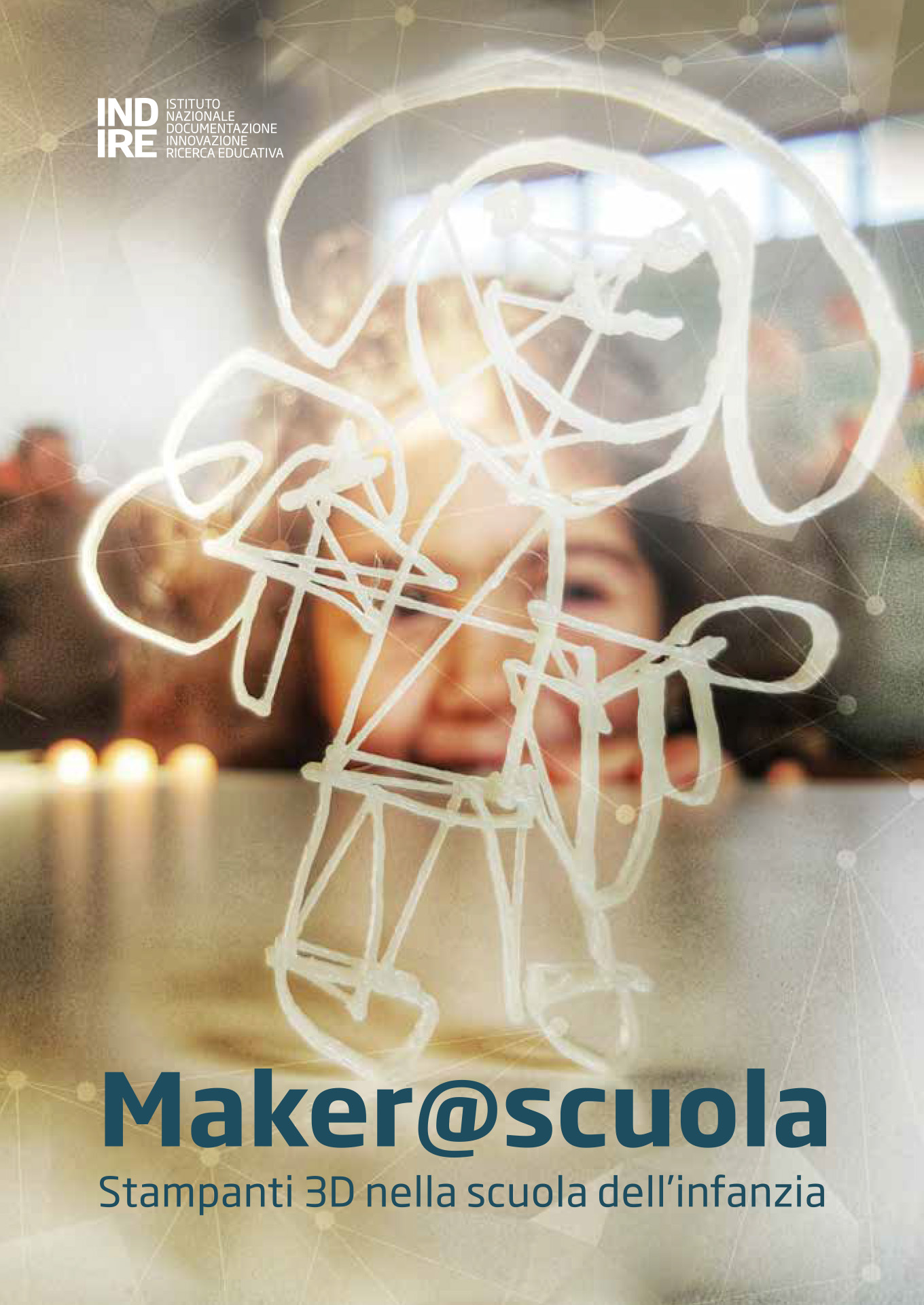The book is the result of a long and complex field research in which researchers have studied the effect of introducing the 3D printer in teaching, especially for very young students, starting from the pre-primary school.
By applying a simple design cycle, called Think-Make-Improve, the book highlights, through theoretical and practical insights, how children can be brought closer to design, without them feeling unprepared or inadequate for a complex task. With this cycle the concept of error is contextualized as part of the process of improving the object and aimed at deepening, through reasoning on the process itself.
The book, as anticipated, contains a first theoretical part, where maker teaching is framed in a broader context that finds its meaning in Papert’s constructionism, a theory in which we tried to understand what students learn when they are immersed in learning environments with materials and tools to build objects, share them with peers and teachers. Here we see the role of design cycles in understanding the construction process and their work.
The second part, more practical part presents a series of tasks that teachers can acquire and perform in the classroom. These are tasks that involve 3D drawing (optimized for pre-primary and primary school) and 3D printing. The tasks are designed to acquire spatial skills, to reinforce lateralization and to solve real problems in a simple and funny way.
We can conclude that not only “you learn playing”, but also “you learn inventing” and above all “you learn making mistakes”.
Lorenzo Guasti and Giovanni Nulli
IC Lucio Fontana in Rome (school architecture archive photo)
Can we use the 3D printer to enhance teaching and learning processes in pre-primary school?
Type: Book
Makerspace

